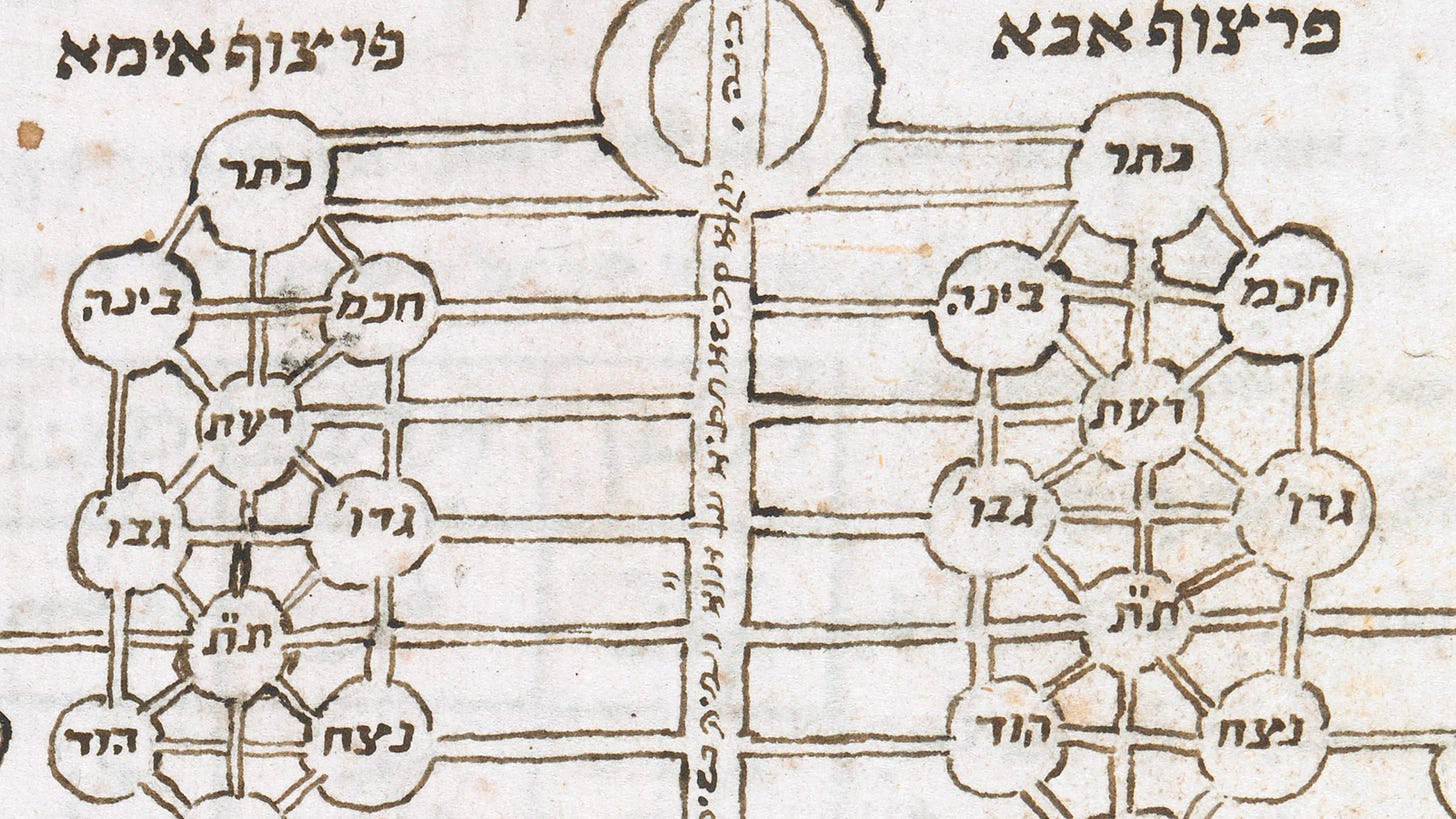Academic consensus is that the deities of the Bible, particularly Yhwh, the patron god of Israel and Judah, were corporeal in nature, meaning that they had bodies in the cultic and mythic imaginations of the peoples who worshiped them. This consensus stands in contrast to the later, philosophical portrait of God that one gets in Christianity, Islam, and rationalist Judaism, where the deity is understood to be essentially incorporeal and only metaphorically embodied in the biblical text. The philosophical argument for classical theism demands this incorporeality for God: if we think of bodies in terms of circumscription, location in spacetime and “matter,” then we must admit that embodiment is a feature of mutability, which is inconsistent with a deity that is simple, infinite, and purely actual. Hence, the logic goes, God cannot have a body, and we are left to reinterpret scriptural language about the divine body metaphorically. Conversely, some scholars and academic theologians in the contemporary period want to push back against this inherited argument and suggest that an embodied deity is a matter-affirming, body-affirming deity that we should take seriously in our context. So what should we do with this impasse?
Keep reading with a 7-day free trial
Subscribe to A Perennial Digression to keep reading this post and get 7 days of free access to the full post archives.




